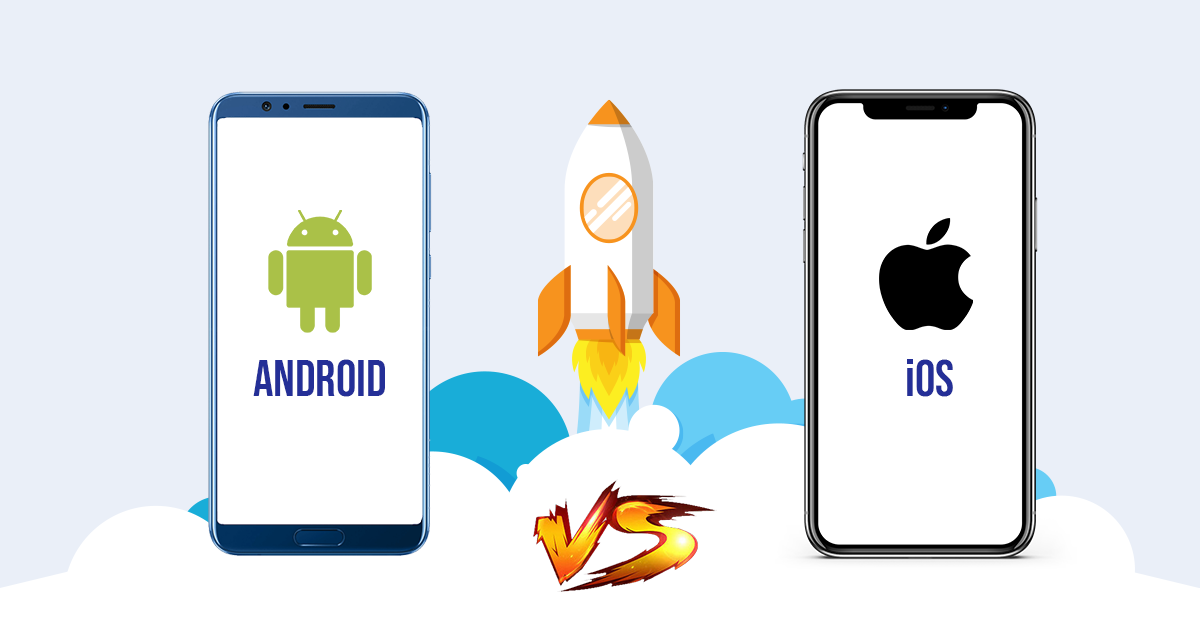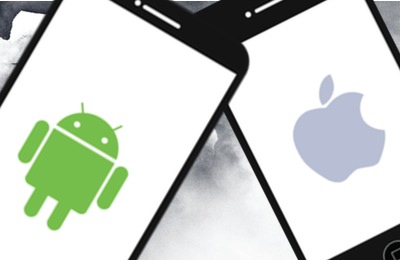When it comes to developing a mobile game, one of the most critical decisions you’ll face is choosing the right platform. The two major contenders in the market are iOS and Android. Each platform has its own unique set of advantages and challenges, which can significantly impact your game’s success. This comprehensive guide will help you understand the key factors to consider when choosing between iOS and Android for your game development project.
Understanding the Mobile Market
Market Share and Audience Demographics
The first step in deciding between iOS and Android is to understand the market share and audience demographics for each platform.
iOS:
- iOS, developed by Apple, holds a significant share of the mobile market, particularly in the United States, Canada, and parts of Europe.
- iOS users are often perceived as having higher disposable incomes, which can lead to more lucrative in-app purchases and premium app sales.
- The user base tends to be more engaged with apps, partly due to the controlled environment of the App Store.
Android:
- Android, developed by Google, dominates the global market with a larger share than iOS, particularly in emerging markets such as India, Southeast Asia, and Africa.
- Android users come from a diverse range of economic backgrounds, resulting in a broader but less homogenous audience.
- The Google Play Store offers a larger number of devices and versions, which can influence app compatibility and performance.
Revenue Potential
iOS:
- Historically, iOS users spend more on apps and in-app purchases compared to Android users.
- The App Store’s stricter guidelines and quality control can contribute to higher revenue potential as users may be more willing to spend on high-quality apps.
Android:
- While Android users may spend less on average per app, the larger user base can compensate for this, potentially leading to higher total revenue.
- The availability of multiple app stores on Android devices, such as Google Play and Amazon Appstore, offers additional revenue streams.

Development and Testing
Development Tools and Ecosystem
iOS:
- iOS development primarily uses Swift or Objective-C programming languages, with Xcode as the main Integrated Development Environment (IDE).
- Apple provides a cohesive development environment with extensive documentation and resources.
- Testing is streamlined through the use of Apple’s Simulator and a range of physical devices provided by Apple.
Android:
- Android development can be done using Java or Kotlin, with Android Studio as the primary IDE.
- The Android ecosystem offers more flexibility with various device types and versions, but this can also mean more complex testing.
- Android’s emulator and the ability to test on a wide range of devices make development more versatile, though it can be more challenging to ensure consistency across devices.
Fragmentation and Compatibility
iOS:
- iOS has less fragmentation due to a limited number of device models and a single OS version per year.
- This uniformity simplifies testing and ensures a more consistent user experience.
Android:
- Android suffers from significant fragmentation with numerous device manufacturers, screen sizes, and OS versions.
- Developers need to account for a wide range of devices and operating system versions, which can increase development time and costs.
Defining Target Audience and Understanding Their Preferences
App Store Policies and Submission
App Store Approval
iOS:
- Apple’s App Store has a stringent review process, which can lead to higher-quality apps but also means that getting approval can be more challenging.
- The review process can take several days, and apps may be rejected for various reasons related to compliance with Apple’s guidelines.
Android:
- Google Play Store has a more lenient approval process, allowing for faster submission and updates.
- However, the lower barriers to entry can result in a higher volume of lower-quality apps, which can make it harder for your game to stand out.
Monetization and Revenue Sharing
iOS:
- Apple takes a 30% cut of app sales and in-app purchases, with a potential reduction to 15% for subscriptions after one year.
- The revenue-sharing model is straightforward, with payments made every month.
Android:
- Google also takes a 30% cut of app sales and in-app purchases, with similar terms for subscription revenue.
- The Google Play Store offers a similar payment schedule, though the process for handling refunds and disputes can vary.
User Experience and Engagement
User Interface and Design
iOS:
- Apple’s design guidelines are clear and rigorous, which can help ensure a consistent and high-quality user experience.
- iOS users expect a polished and intuitive design, and adherence to Apple’s Human Interface Guidelines can enhance your game’s appeal.
Android:
- Android offers more flexibility in design, allowing for greater customization but also requiring adherence to Material Design principles for consistency.
- The diversity in Android devices means that optimizing your game for different screen sizes and resolutions is crucial.
Performance and Optimization
iOS:
- iOS devices tend to have more consistent hardware specifications, which simplifies performance optimization and reduces the likelihood of device-specific issues.
- The controlled environment of iOS means that apps are more likely to perform well across all devices running the same OS version.
Android:
- The wide range of Android devices with varying hardware specifications means that performance optimization can be more complex.
- Developers need to account for differences in processor power, memory, and screen resolution to ensure a smooth experience across all devices.

Marketing and Distribution
Marketing Strategies
iOS:
- Marketing strategies for iOS often focus on leveraging Apple’s ecosystem, including features like App Store promotions and Apple Arcade.
- Building relationships with Apple’s editorial team can help secure prominent placement in the App Store.
Android:
- Android’s diverse app stores and device manufacturers provide multiple marketing channels.
- Utilizing Google’s marketing tools, such as AdMob and Google Ads, can help drive visibility and downloads.
Global Reach and Localization
iOS:
- iOS is strong in developed markets and may require localization efforts to reach global audiences.
- Apple’s regional stores offer localized content, but the market penetration varies by region.
Android:
- Android’s extensive reach in emerging markets makes it a strong choice for global distribution.
- Localization is important to address the diverse languages and cultural preferences of Android users.
Support and Community
Developer Support
iOS:
- Apple offers robust developer support through the Apple Developer Program, including access to forums, documentation, and technical support.
- The developer community is active, with numerous resources available for troubleshooting and learning.
Android:
- Google provides extensive resources for Android developers, including documentation, community forums, and support through the Android Developer website.
- The Android developer community is large and diverse, offering a wealth of knowledge and support.
Community and Networking
iOS:
- Apple’s annual Worldwide Developers Conference (WWDC) is a key event for networking and learning about new developments.
- The iOS developer community is active and supportive, with many opportunities for collaboration and knowledge sharing.
Android:
- Google’s developer conferences, such as Google I/O, provide valuable opportunities for networking and learning about Android’s latest advancements.
- The Android community is vibrant and inclusive, offering numerous meetups, online forums, and developer groups.
Choosing the right platform for your game is a crucial decision that can influence its success. Both iOS and Android offer unique advantages and challenges. iOS provides a more controlled environment with higher revenue potential and a consistent user experience, while Android offers a larger market share, greater flexibility, and a broader range of devices.
Ultimately, the choice between iOS and Android should be based on your target audience, budget, development resources, and long-term goals. Many developers opt for a dual-platform approach to maximize their reach and revenue potential, though this requires additional resources and planning.
By carefully considering the factors outlined in this guide, you can make an informed decision that aligns with your game’s objectives and sets you up for success in the competitive mobile gaming market.
Future Predictions for the Mobile Gaming Market: What Lies Ahead



